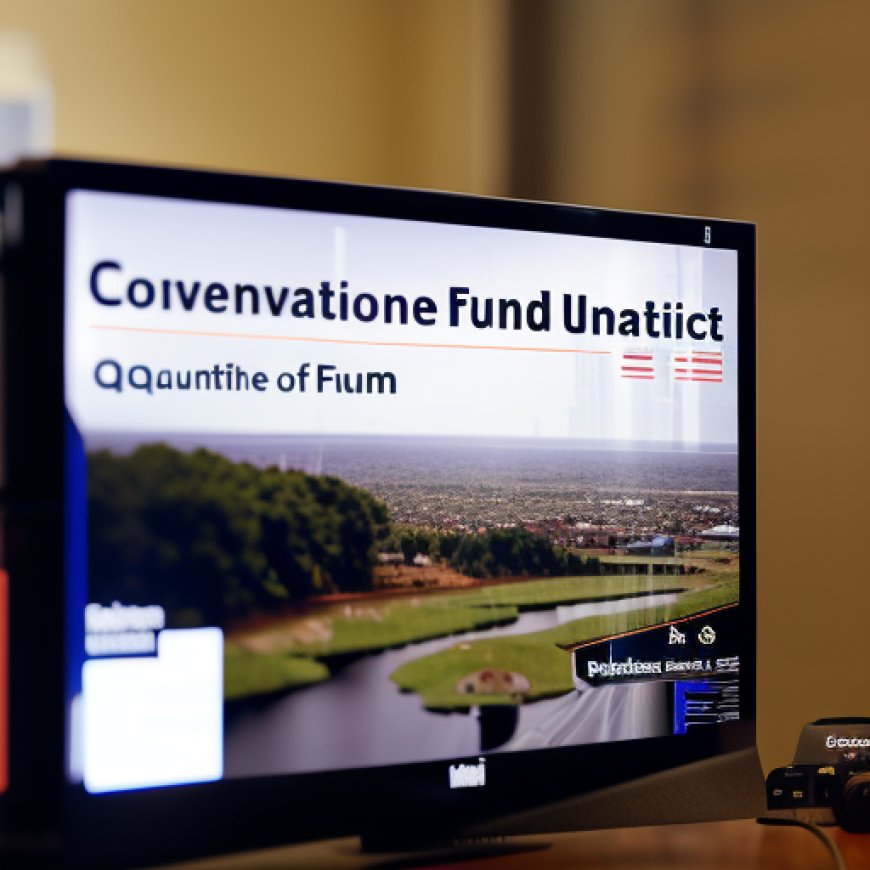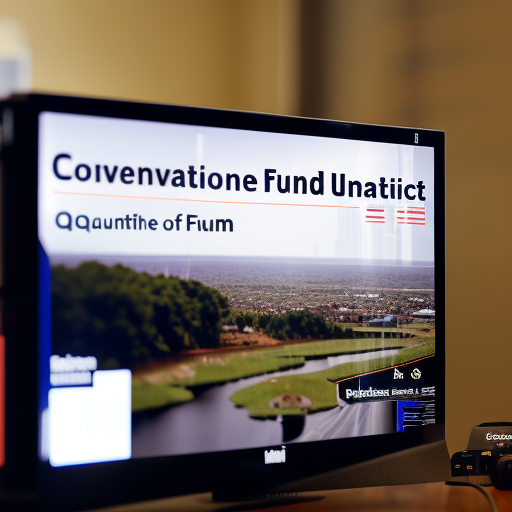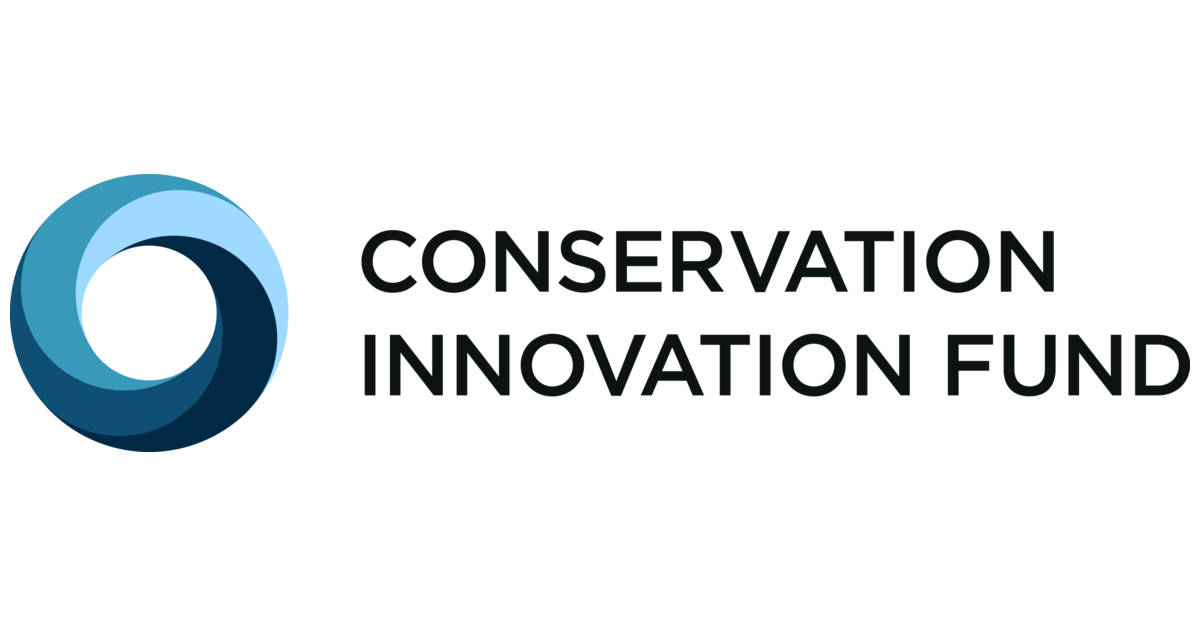Conservation Innovation Fund and AGgrow Tech Announce $1.4 Million Contract with Maryland Department of the Environment for Quantified Nutrient Reduction Initiative
Conservation Innovation Fund and AGgrow Tech Announce $1.4 Million Contract with Maryland Department of the ... Business Wire


Conservation Innovation Fund and AGgrow Tech Partner to Reduce Nutrient Runoff in the Chesapeake Bay Watershed

WASHINGTON–(BUSINESS WIRE)–Conservation Innovation Fund, a non-profit blended finance fund focused on conservation and sustainability, and AGgrow Tech, announced today a $1.4 million pay-for-performance contract from the Maryland Department of the Environment to reduce nutrient runoff to the Chesapeake Bay Watershed. On April 4, the Maryland Board of Public Works unanimously approved the project as its first under the novel Clean Water Commerce Account Program that uses a pay-for-performance approach to drive reductions in nutrients that impair water bodies. The initiative enables participating Maryland farmers to expand regenerative farming practices that produce conservation benefits alongside a high-quality bedding product for Maryland’s poultry industry.
Partnership to Incentivize Alternative Crop Production
Conservation Innovation Fund and AGgrow Tech, a leader in renewable and sustainable agriculture solutions, have partnered with Luthy Farms of Cambridge, Maryland and Tribbett Farms of Denton, Maryland, to incentivize production of alternative crops across more than 320 acres of local farmland.
“Local farmers are stewards of private land, and their land has great potential to provide a valuable public benefit,” said Ashley Allen Jones, Founding Chair of Conservation Innovation Fund. “This first-of-its kind contract embraces an efficient market-based system to pay farmers for the nitrogen reductions derived from growing perennial crops, while supporting supply chain sustainability. It’s a major step forward for our climate smart commodities agenda.”
Maryland Clean Water Commerce Act
The Conservation Innovation Fund and AGgrow Tech contract is part of the Maryland Clean Water Commerce Act (CWCA) of 2021 that allocates funding for efforts dedicated to nitrogen reduction. The ten-year initiative projects to reduce 7,000 lbs. of nitrogen, 70 lbs. of phosphorus, and 80,000 lbs. of sediment runoff annually in support of Maryland’s reduction requirement under the Chesapeake Bay Total Maximum Daily Load (TMDL) reported to the Environmental Protection Agency (EPA).
Additionally, the initiative estimates direct carbon sequestration of 1 ton per acre annually from crop production, and further dairy sector methane emissions from frequent turnover of poultry bedding in regional production houses. Conservation Innovation Fund will use the USDA’s COMET-Planner software to calculate carbon reductions realized during the next ten years.
Supporting Maryland Farmers and the Environment
“We continue to look to the Maryland farming community for solutions to improve the environment and water quality,” said Suzanne Dorsey, Deputy Secretary of Maryland Department of the Environment. “There are more than two million acres of opportunity across Maryland’s 12,500 farms. This initiative with Conservation Innovation Fund and AGgrow Tech leverages private resources and market-based approaches to achieve maximum conservation benefits from public resources.”
Expanding Crop Diversity and Income Opportunities
Under the initiative, AGgrow Tech, Luthy Farms, and Tribbett Farms will harvest over 2,500 acres of FREEDOM® Giant Miscanthus, a perennial plant that thrives on marginal cropland, is tolerant of drought and excessive rain, and offers the ability to store nutrients in the root system and return organic material to the soil. The cultivation of FREEDOM® supports crop diversification and generates recurring income for farmers. It is a certified cultivar developed and patented by Mississippi State University, with AGgrow Tech holding the Global exclusive license.
“This initiative enables farmers to continue to increase crop diversity and income opportunities across their farms while also improving the environment,” said Travis Hendrick, CEO of AGgrow Tech. “We’re thrilled to partner with Conservation Innovation Fund to bring this market-based conservation approach to the Maryland farming community.”
Since we began working with FREEDOM®, our farm has converted a significant amount of marginal farmland to perennial grass,” said John Luthy, Luthy Farms. “It also allows our
SDGs, Targets, and Indicators
1. Which SDGs are addressed or connected to the issues highlighted in the article?
- SDG 6: Clean Water and Sanitation
- SDG 12: Responsible Consumption and Production
- SDG 13: Climate Action
- SDG 15: Life on Land
The article discusses efforts to reduce nutrient runoff to the Chesapeake Bay Watershed, improve water quality, and promote sustainable agriculture practices. These issues are directly connected to SDG 6, which aims to ensure availability and sustainable management of water and sanitation for all. The article also mentions regenerative farming practices, crop diversification, and carbon sequestration, which align with SDG 12 (responsible consumption and production), SDG 13 (climate action), and SDG 15 (life on land).
2. What specific targets under those SDGs can be identified based on the article’s content?
- SDG 6.3: By 2030, improve water quality by reducing pollution, eliminating dumping and minimizing release of hazardous chemicals and materials, halving the proportion of untreated wastewater, and substantially increasing recycling and safe reuse globally.
- SDG 12.4: By 2020, achieve the environmentally sound management of chemicals and all wastes throughout their life cycle, in accordance with agreed international frameworks, and significantly reduce their release to air, water, and soil to minimize their adverse impacts on human health and the environment.
- SDG 13.2: Integrate climate change measures into national policies, strategies, and planning.
- SDG 15.3: By 2030, combat desertification, restore degraded land and soil, including land affected by desertification, drought, and floods, and strive to achieve a land degradation-neutral world.
Based on the article’s content, the targets mentioned above are relevant to the efforts to reduce nutrient runoff, improve water quality, and promote sustainable agriculture practices.
3. Are there any indicators mentioned or implied in the article that can be used to measure progress towards the identified targets?
- Indicator for SDG 6.3: Reduction in nutrient runoff, phosphorus runoff, and sediment runoff to the Chesapeake Bay Watershed.
- Indicator for SDG 12.4: Increase in the adoption of regenerative farming practices and alternative crop production.
- Indicator for SDG 13.2: Increase in carbon sequestration through crop production and reduction in dairy sector methane emissions.
- Indicator for SDG 15.3: Expansion of perennial crops on marginal cropland and improvement in soil health.
The article mentions the specific indicators that can be used to measure progress towards the identified targets. These indicators include reductions in nutrient runoff, phosphorus runoff, and sediment runoff to the Chesapeake Bay Watershed (SDG 6.3), increase in the adoption of regenerative farming practices and alternative crop production (SDG 12.4), increase in carbon sequestration through crop production and reduction in dairy sector methane emissions (SDG 13.2), and expansion of perennial crops on marginal cropland and improvement in soil health (SDG 15.3).
4. Table: SDGs, Targets, and Indicators
| SDGs | Targets | Indicators |
|---|---|---|
| SDG 6: Clean Water and Sanitation | 6.3: By 2030, improve water quality by reducing pollution, eliminating dumping and minimizing release of hazardous chemicals and materials, halving the proportion of untreated wastewater, and substantially increasing recycling and safe reuse globally. | Reduction in nutrient runoff, phosphorus runoff, and sediment runoff to the Chesapeake Bay Watershed. |
| SDG 12: Responsible Consumption and Production | 12.4: By 2020, achieve the environmentally sound management of chemicals and all wastes throughout their life cycle, in accordance with agreed international frameworks, and significantly reduce their release to air, water, and soil to minimize their adverse impacts on human health and the environment. | Increase in the adoption of regenerative farming practices and alternative crop production. |
| SDG 13: Climate Action | 13.2: Integrate climate change measures into national policies, strategies, and planning. | Increase in carbon sequestration through crop production and reduction in dairy sector methane emissions. |
| SDG 15: Life on Land | 15.3: By 2030, combat desertification, restore degraded land and soil, including land affected by desertification, drought, and floods, and strive to achieve a land degradation-neutral world. | Expansion of perennial crops on marginal cropland and improvement in soil health. |
Behold! This splendid article springs forth from the wellspring of knowledge, shaped by a wondrous proprietary AI technology that delved into a vast ocean of data, illuminating the path towards the Sustainable Development Goals. Remember that all rights are reserved by SDG Investors LLC, empowering us to champion progress together.
Source: businesswire.com

Join us, as fellow seekers of change, on a transformative journey at https://sdgtalks.ai/welcome, where you can become a member and actively contribute to shaping a brighter future.







